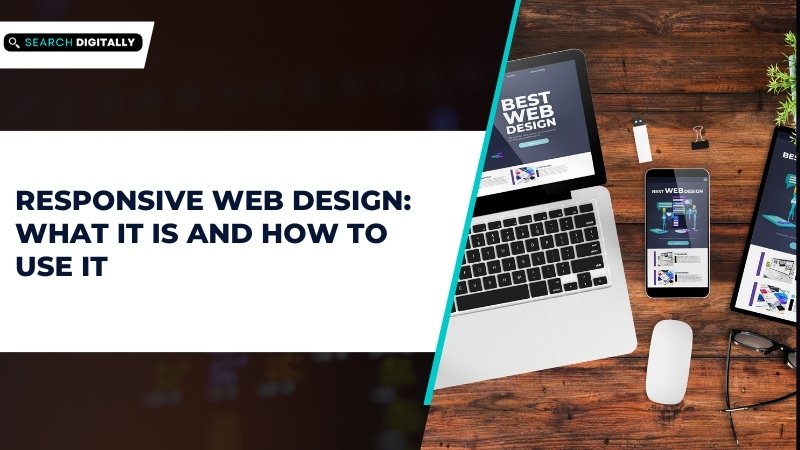
What is Responsive Web Design?
According to the responsive web design method, website development and design should respond to the user’s behavior and environment. Screen size, platform, and orientation are all things to think about. It requires the usage of flexible layouts, grids, and images. If a user switches from a laptop to a tablet, the website should change to account for the differences in image size and resolution between the two devices.
This means that the website must adjust to the user’s preferences, removing the need for various designs for all of today’s technology. To put it another way, a larger display should allow visitors to easily navigate a site with many columns, but a smaller screen should provide the responsive website in a single column with properly sized columns and links.
Mobile/smartphones are gradually taking over as the major way consumers access the internet. As a result, having a responsive website is more important than ever. Experts in web design In their post “Is Your Business Prepared for the Mobile Browsing Revolution,” Pelling Design stated that responsive design that is optimized for different devices should be prioritized.
The Need for Responsive Web Design
In 2015, mobile internet users began to dominate. Google, too, recognized the trend and released Mobile, an update to their search engine algorithm that added mobile-friendliness as one of the ranking factors. This Google update was created to offer mobile-friendly websites a boost in the SERP.
Furthermore, because we live in a culture where data is consumed across several platforms, user experience emerges as one of the most crucial features that a website must possess. For example, if you use a phone, you expect a good mobile experience in terms of navigation and ease of use. And if a website fails to satisfy that expectation, you may quickly abandon it.
Why It Matters?
- Enhanced User Experience: RWD ensures that visitors have a consistent and engaging experience regardless of the device they use. By offering seamless navigation and readability, it keeps users hooked and encourages longer site engagement.
- Improved SEO Performance: Search engines favor mobile-friendly websites. Responsive designs eliminate the need for multiple versions of a site, consolidating SEO efforts and boosting search engine rankings.
- Cost and Time Efficiency: Developing a single responsive site is more cost-effective and time-efficient than creating multiple versions for different devices. Maintenance becomes streamlined, reducing long-term expenses.
- Future-Proofing Your Website: With the ever-changing landscape of devices and screen sizes, a responsive design future-proofs your site. It adapts to new devices seamlessly, saving you from frequent redesigns or overhauls.
- Increased Conversion Rates: A user-friendly web experience leads to higher conversion rates. Whether it’s making a purchase or filling out a form, when visitors have a smooth journey on your site, they’re more likely to take action.
